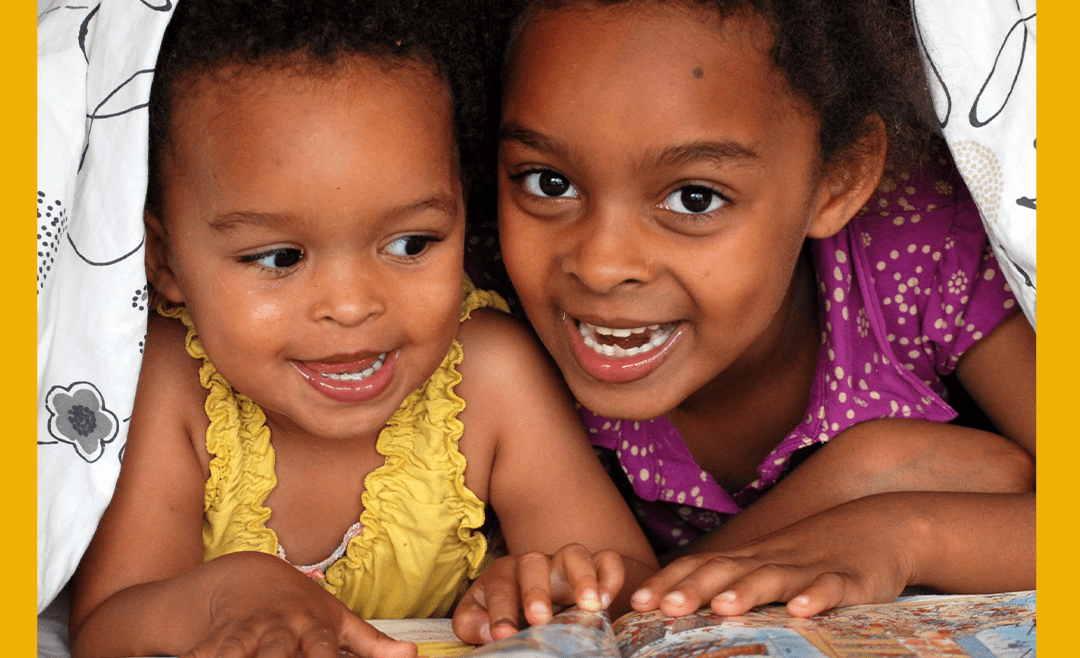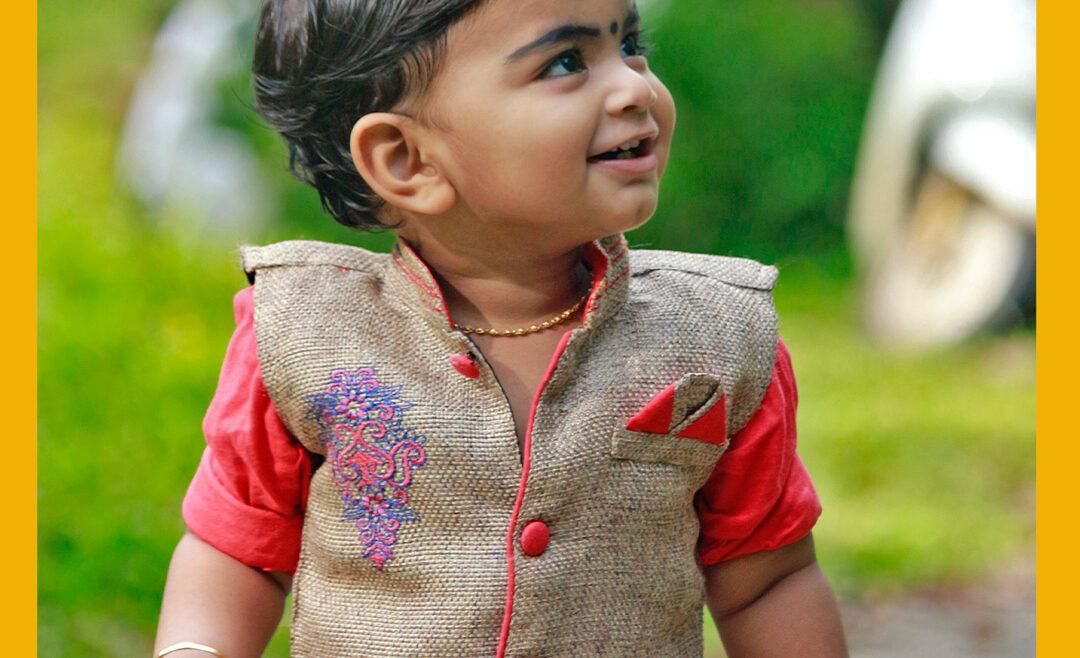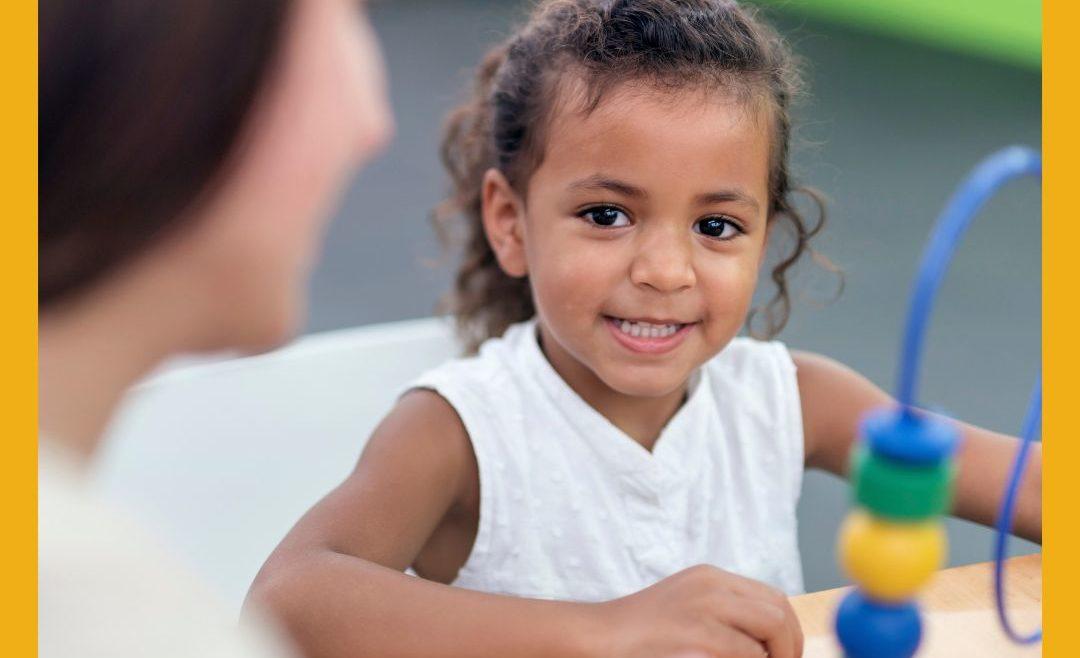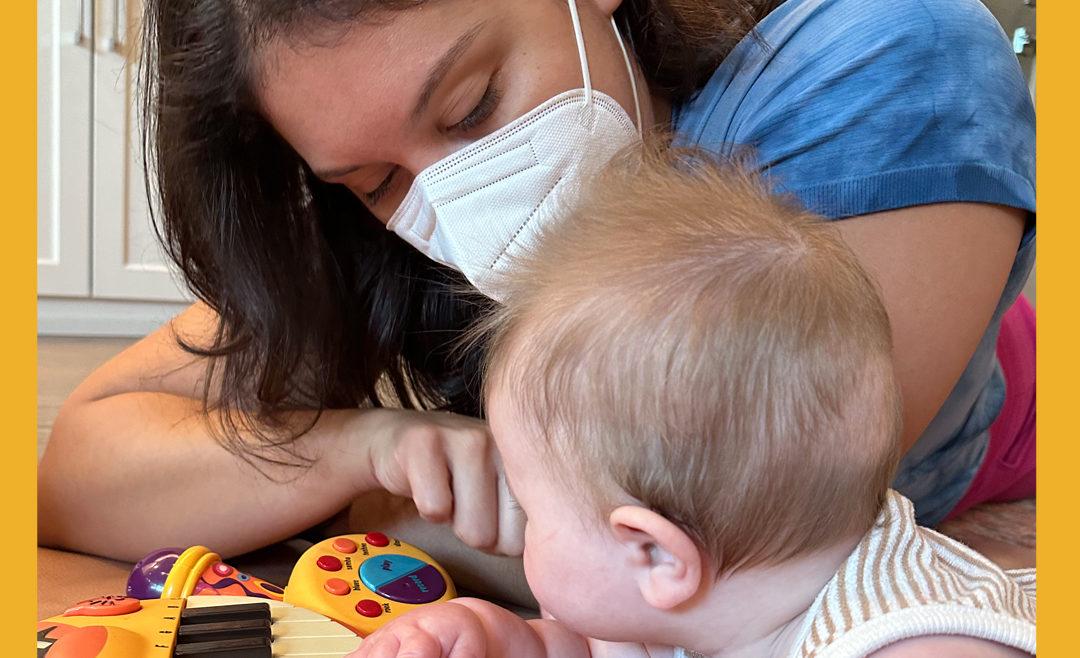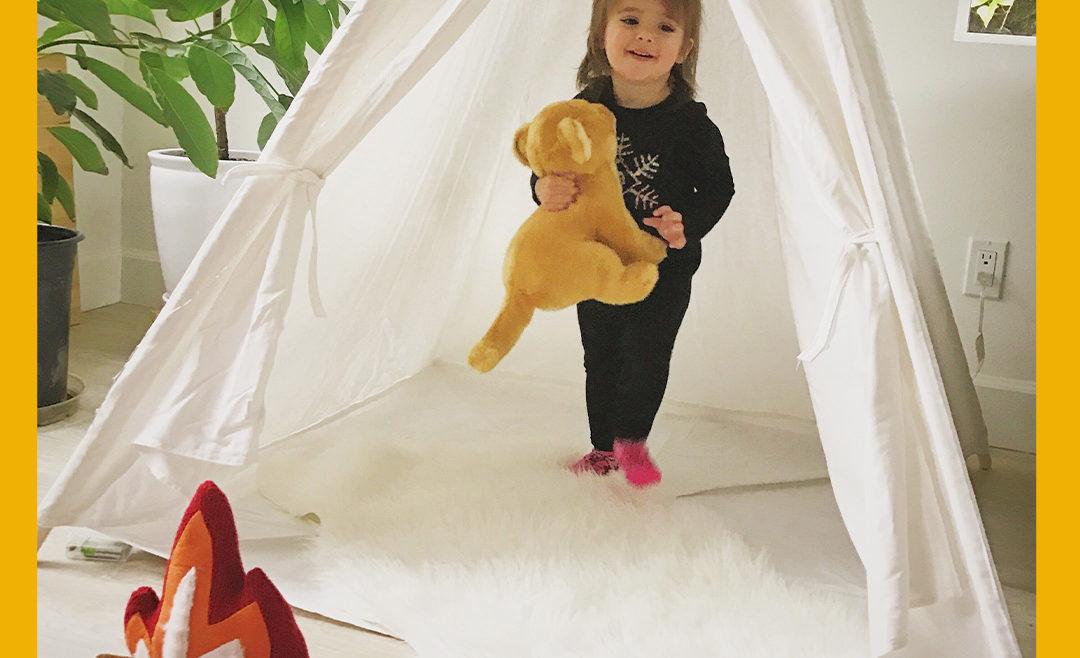International Play Therapy Week is just around the corner (February 4th through February 10th), and we can’t wait to get the celebration started! Playing with your child is the best way to work on their developmental skills while enjoying some fun and laughter together as a family. This year, in honor of this wonderful holiday, we wanted to share some fun activities you can try with your child. We just know that you’re going to have a blast trying out these activities with your little ones!
Make Sock Puppets
One great activity is to make sock puppets with your child! Start by grabbing some clean white socks and colored markers. Now, both you and your child will need to draw hair, faces, and clothing onto the socks to make some sock puppet friends! Once you have finished making your sock puppets, place them onto your hands, and use them to talk to each other and come up with a funny story.
Play Hi Ho! Cherry-O
Hi Ho! Cherry-O is a fantastic board game to try with your children. To play, take turns spinning the spinner to find out how many pieces of fruit you can put in your basket or how many pieces of fruit you will need to put back. The first person to fill up their entire basket with fruit wins! Celebrate by snacking on something healthy, or work together to set up a cozy indoor picnic.
Create Paper Art
Another fun way to engage in play with your child is to create paper art. First, grab a piece of white construction paper and a variety of colored construction paper. Next, have your child rip up small pieces of the colored paper and glue them onto the white paper to make a fun and creative piece of art. As a bonus, make your own paper art alongside your child, and then try to guess what each other made!
Become a Superhero
Help your child transform into a superhero by giving them a cape and a mask, and ask them to come up with a superhero name and superpowers. Next, hide some of their favorite toys around the house and tell your child it’s time to save the day! Your little one will then have to reach up high or bend down low to rescue their toys and bring them to safety.
Happy International Play Therapy Week! Follow us on our social media (Facebook, Instagram, Pinterest) all month for toys we love, activities, and more! As always, please don’t hesitate to contact us anytime to discuss if your child would benefit from pediatric therapy. Our team is here to support you and your child in any way we can.



